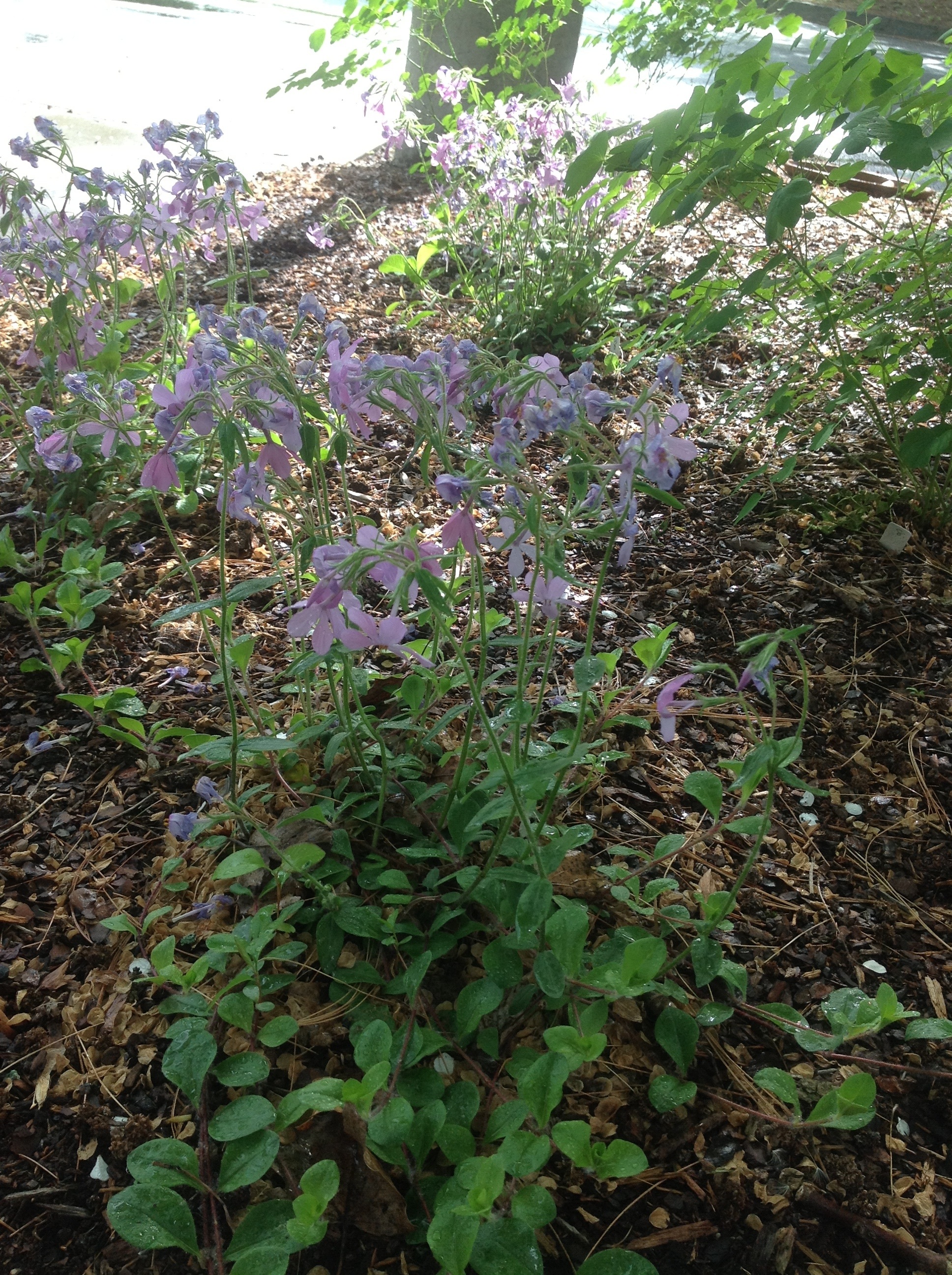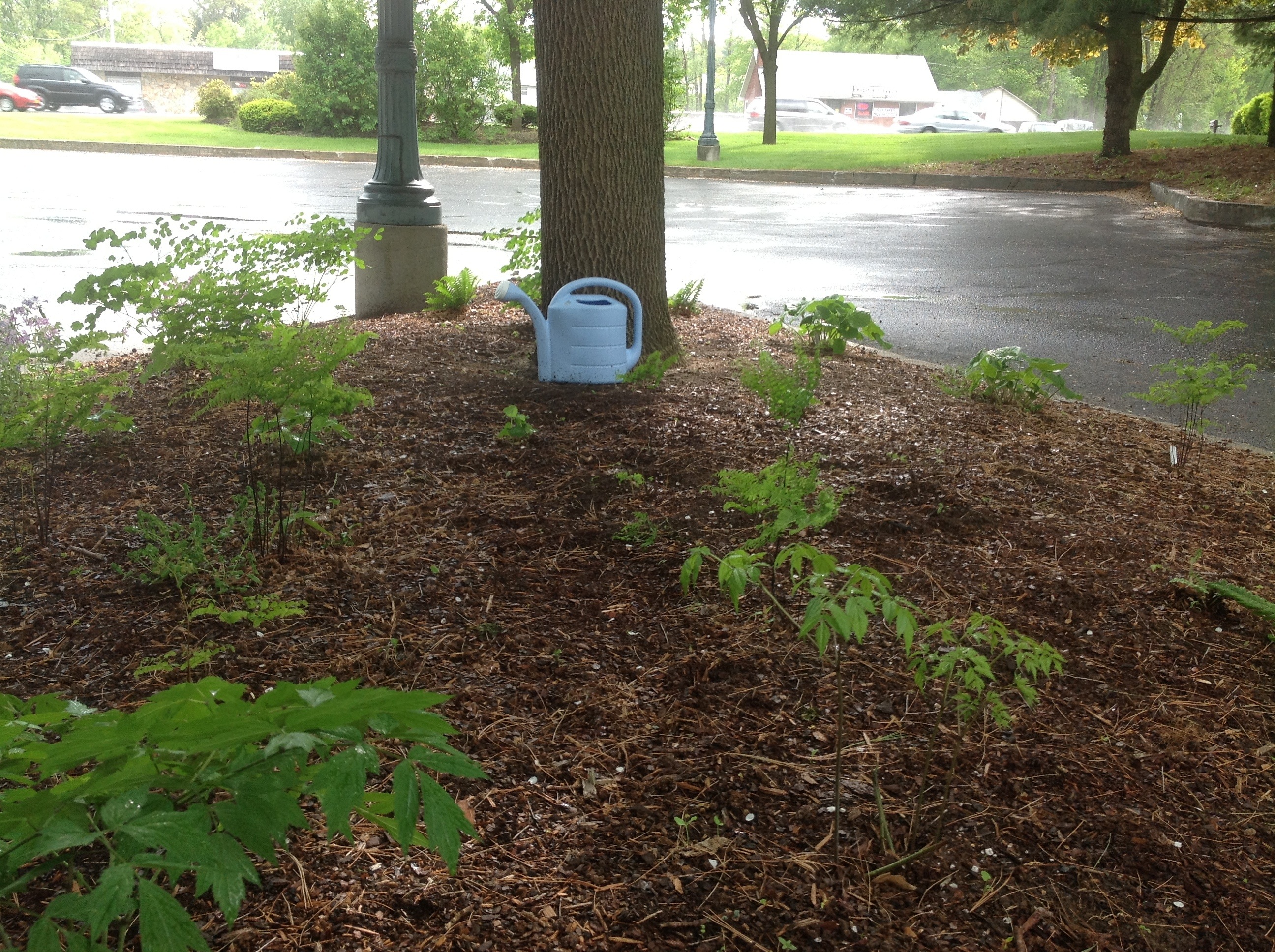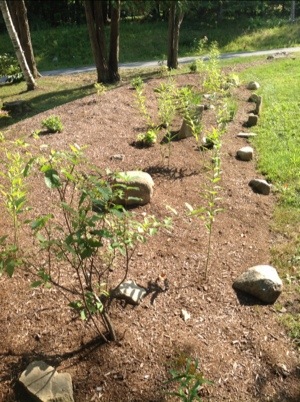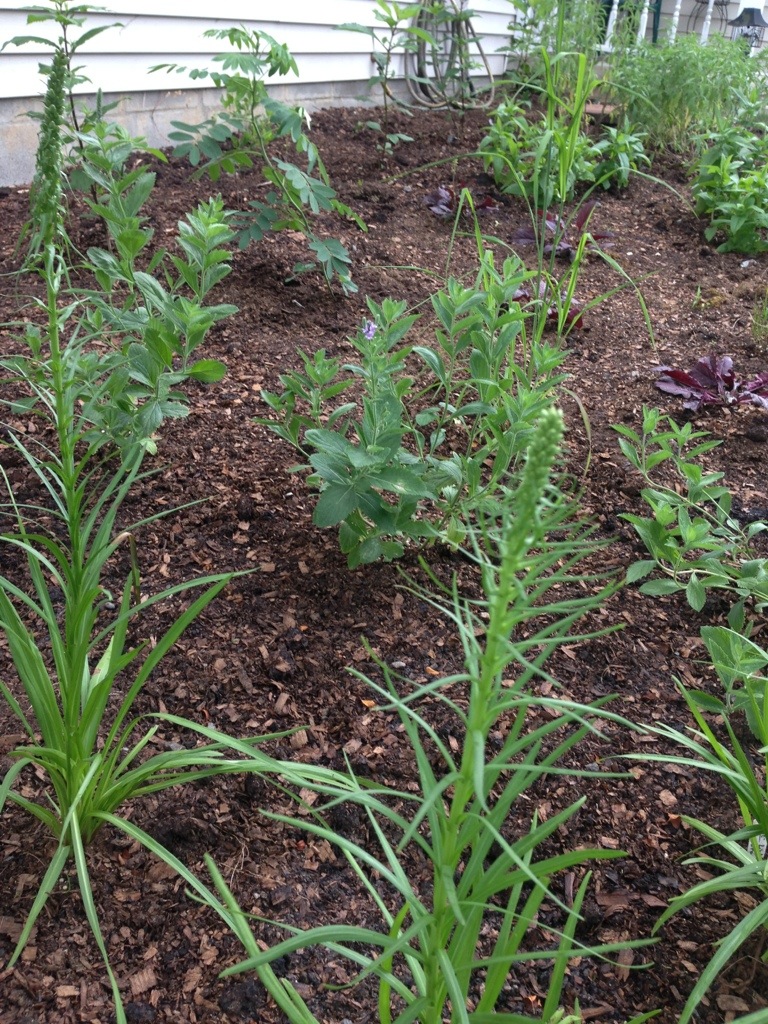Shade Garden in Clifton Park, NY
In Clifton Park, NY a legacy shade garden shines. Homeowners and property managers are often puzzled by the shady parts of their property. They may want a garden but think non-native Hosta and Astilbe are the only options for a shaded space. Undeniably, the world’s forests, loaded with beautiful natural woodland gardens would beg to differ though. Nature’s own shade gardens and cultivated woodland gardens are the literal stuff of fairy tales. Landscaping in shaded areas to create new woodland gardens is a future minded activity. Intentionally landscaping in such a strategic way with native plants cooperates with nature and begins the process of beautiful habitat restoration.
Low Maintenance Shade Garden Construction.
One recent summer of we were contacted by a forward-thinking financial advisor in Clifton Park, NY. They sought after landscaping that was more natural and lower maintenance. There’s a mature Ash tree creating dry, woodland-like conditions. Therefore, we created a woodland garden habitat design with lots of native plants.
 The different native plant species and small water feature form a woodland habitat garden system that’s supportive of many butterfly, songbird and pollinator species, unquestionably making this the hippest CFP location in the Saratoga County region.
The different native plant species and small water feature form a woodland habitat garden system that’s supportive of many butterfly, songbird and pollinator species, unquestionably making this the hippest CFP location in the Saratoga County region.
Say “yes!” to Shade Gardens!
Surely, taking advantage of areas with shade to create woodland gardens is a wonderful, pro-environment decision. Undoubtedly, intentionally planting large trees to create shade areas for new woodland gardens is a beautiful decision that will increase the neighborhood’s biodiversity and ecosystem services well into the future. Shade gardens are a treasure trove of ecological productivity, and they improve a home’s value and relaxation quotient.
When a new shade garden in Clifton Park (or shaded/woodland garden anywhere in the world, really) is planted under the canopy of Black Walnut trees, this creates some unique challenges. Black Walnuts create a juglone soil condition. Juglone soil is toxic and intolerable for many understory native plants. In fact, juglone soil is intolerable for many, many species of plants whether they are native or non-native. Provenance is not discriminated for.
Design Challenges and Strategy.
Presently, we enjoyed learning how to succeed with the obstacles juglone native plant garden design/build projects present. The learning curve was ridiculous. Black Walnuts radically transform the nature of a property’s soil. Understanding how to maneuver well within the framework of a juglone site takes research and experience. A Black Walnut canopied woodland garden is a specialty garden. Certainly, landscaping such a site is not for an amateur garden designer; a professional is needed for these challenging conditions. Or an amateur or hobby-ist who is willing to do research and self-education.
Black Walnut (Juglone) Successful Garden Design.
Unquestionably, successful creation of a juglone shade garden boils down to selecting native plants that can endure the Black Walnut (or other juglone creating species). Whereas adding high quality compost to top-dress the soil helps a little, smart plant strategy is key. Strategically selecting plants that are juglone tolerant is the best plan to win the war against juglone poisoned soil.
Do you live in our service area? (Albany, Schenectady, Saratoga Counties.) And you’re interested in adding some shade gardens? Certainly, we’d love to meet you. Fill out our customer intake form and we’ll be in touch soon.




